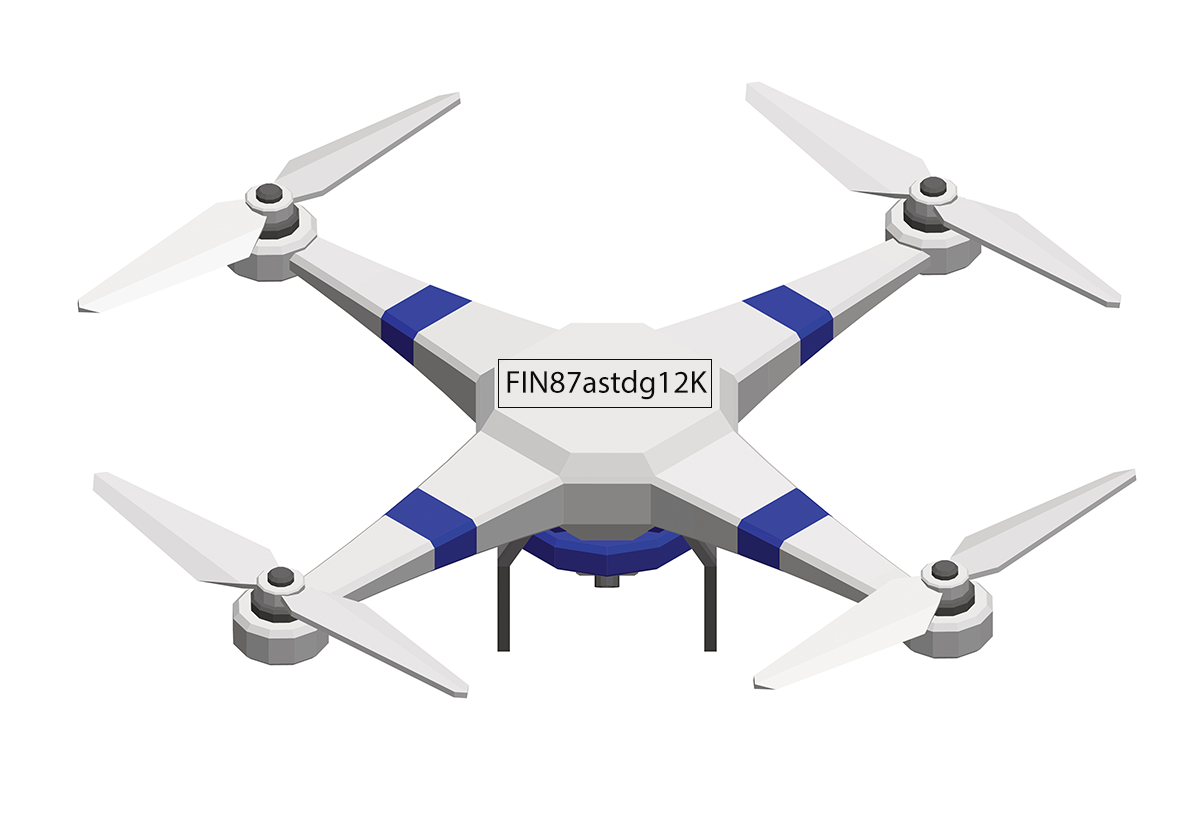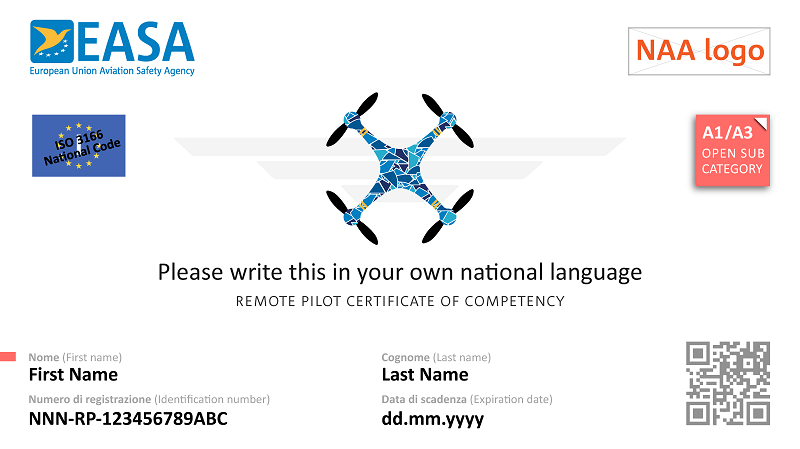EASA Safety Article – What is a UAS Operator
Drone operators & pilots
This Article was published by EASA in December 2021 on their online portal.
As part of our series on drones this Christmas, EASA has compiled for you some information on the main differences between a drone operator and drone pilot in the leisure category (known as the “open” category). After reading this simple explanation, and following the guidance, you will be ready to set for the skies and enjoy your flights legally and responsibly.
Drone operator and drone pilot – what is the difference?
| A drone operator is any person, or organisation, who owns or rents one or more registered drones. Drone manufacturers and/or retailers don’t register drones. You need to take the initiative yourself to register with your National Aviation Authority, in your country of residence or main place of business. | |
| A drone pilot is the person actually flying the drone, without necessarily owning or renting the drone. |
And yes, you can be both, a drone operator and a drone pilot if you own or rent a drone and also fly one.
All combinations are possible. An operator may decide not to be a pilot but will have responsibility for the drone(s) and what is done with it or them. For example, s/he can have a fleet of drones under his/her charge for a small business and employ one or various pilots.
Also, a person can be only a pilot without owning a drone themselves, and therefore not be an operator.
Drone operators’ and pilots’ main responsibilities
Drone operator Drone pilot
| Insurance | The drone operator needs to have the right insurance in place, even if the drone is piloted by someone else. Check with your National Aviation Authority. | It would be good for pilots to check that insurance is in place before flying. |
| Registration | The drone operator needs to register with their National Aviation Authority. Drones that are in the open category are never registered in their own right, only the operator needs to register. | Before you fly the drone, it would be good to check whether the operator is registered. |
| Registration ID number | Once you have registered as a drone operator, you will receive a registration ID number. You need to fix the same ID number on the drone or drones you own. | The drone pilot is not responsible for this, but it would be good to check that the drone s/he is flying has the operator’s ID number fixed. |
| Pilot’s exam | Before handing over your drone, it would be good to check that the designated pilot/s have done the necessary online pilot training, have passed the online pilot exam and have a valid pilot certificate. | The drone pilot needs to complete the necessary online training, pass a pilot exam and get a valid remote pilot competency certificate (valid for 5 years).
NOTE: Make sure that you follow an online training offered by your National Aviation Authority. It allows for the correct licence to be issued. |
Have a look at EASA’s ‘Infographics for Drones’ for a summary of the main points. For information on other drone categories, please visit EASA Pro.
Drone operator registration and ID number 
- Register online with the Irish Aviation Authority (as an operator, not as a pilot).
- You will get a drone operator ID number (identifying the operator not the drone itself).
- Place the operator’s registration ID number on any drones you own. If you have more than one drone the same number needs to be shown on all of them.
- You have to ensure this number is fairly visible on the drone/s (see sample). An engraved plate is the best way. Some authorities issue a QR code instead of a number. It needs to be readable / scannable from close up when the drone is on the ground.
Drone pilots training and exam
- After Registration Complete the A1/A3 Proof of online training

- Train online with the DUTOs for the A2 Open Category and the Specific Category (Survey Drones Ireland is a DUTO).
- Pass the online simple drone pilot exam.
- The pilot gets a drone pilot licence (see sample licence).
- EASA has prepared a package of guidance material, videos, FAQs and infographics and published this on EASA Light.
- The information makes sure that you have everything at hand so you can operate and fly your drones safely and responsibly.
Take a look at our previous article, where we compiled a lot of information.
Visit EASA Light again later in December for a new article with more details on how to travel with your drone, what to keep in mind when operating and flying a drone in another EASA member state or outside Europe.
Share this article with other drone operators & pilots
EASA has compiled this article to ensure drone operators and pilots are aware of their responsibilities. Share this page with other operators and pilots!
